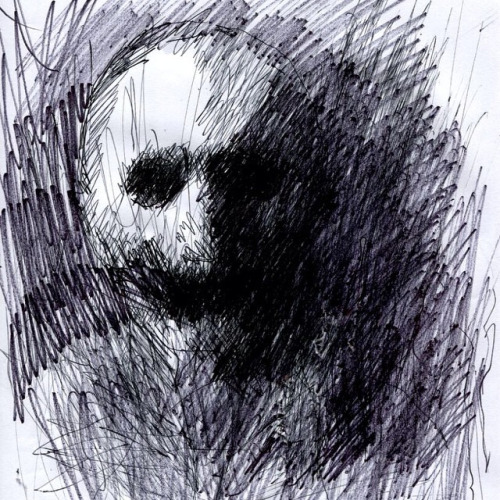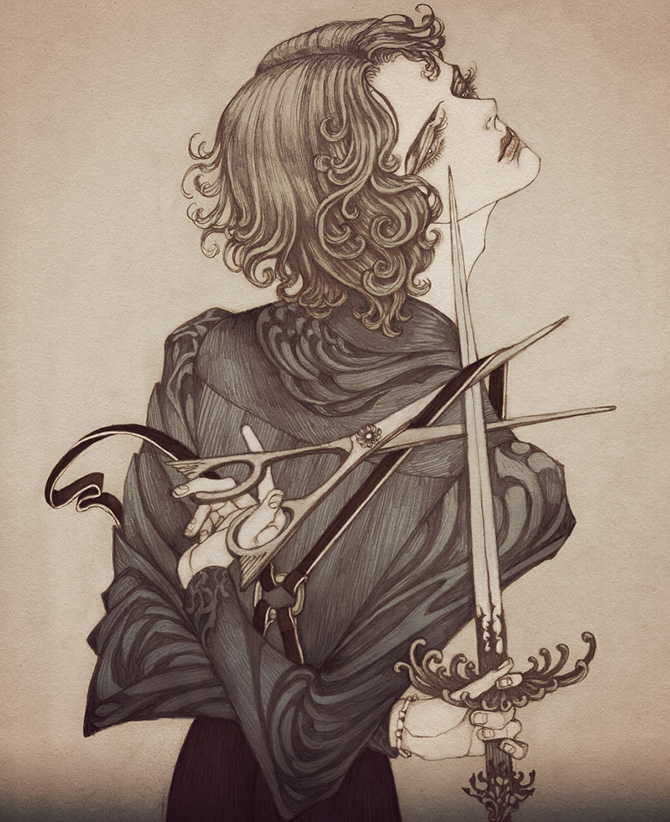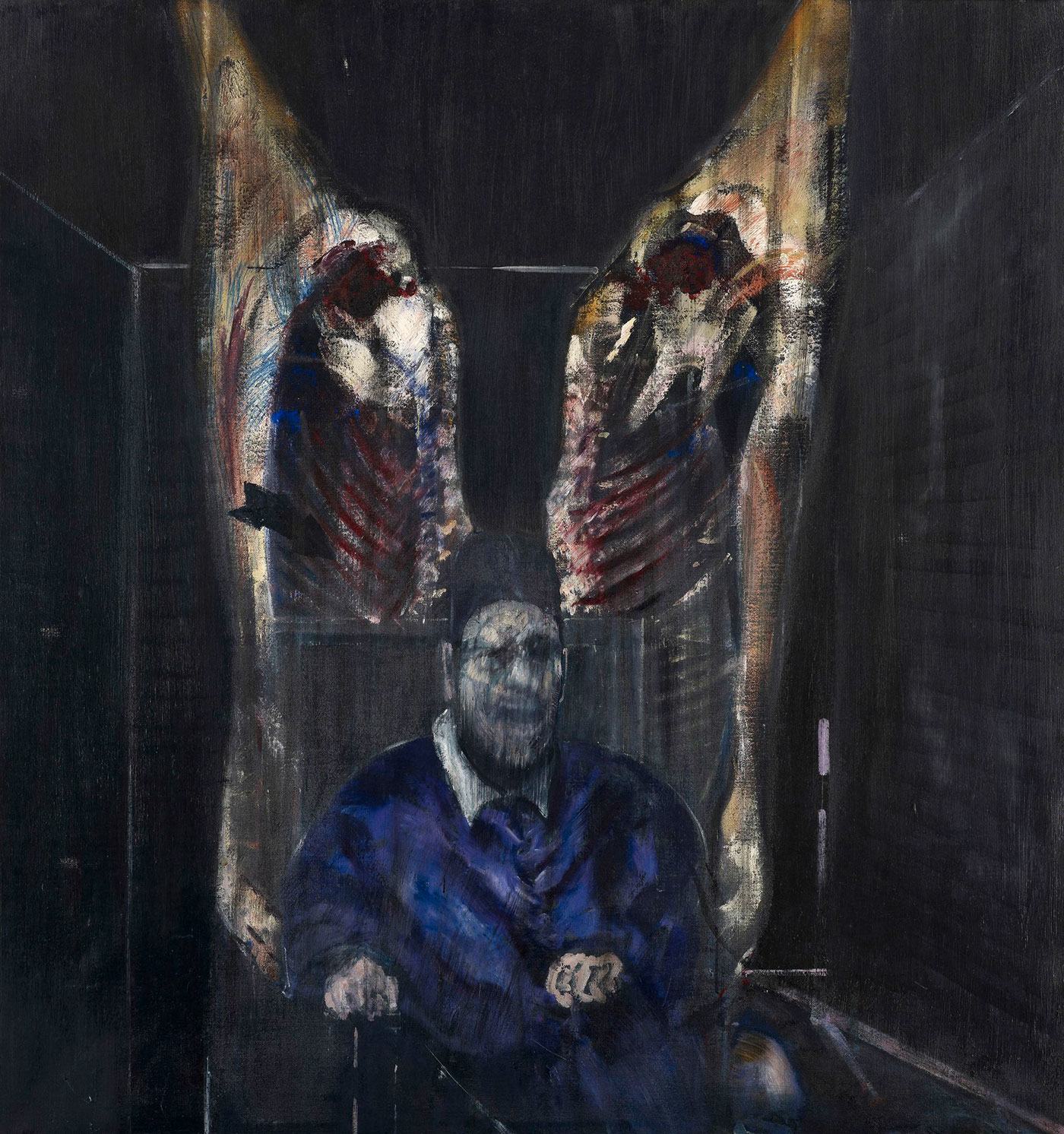Be Golden as gold mine & Green as leaf
carpe diemBe Golden as gold mine & Green as leaf
carpe diemRobin Williams
Robin Williams

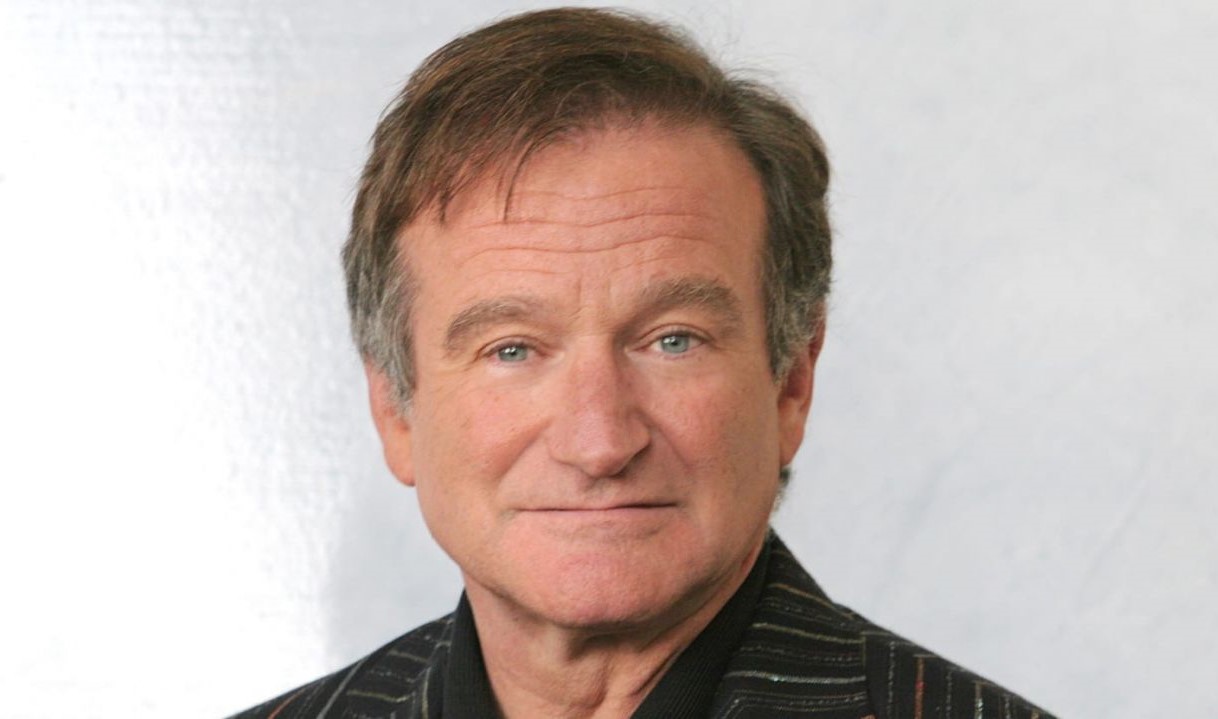

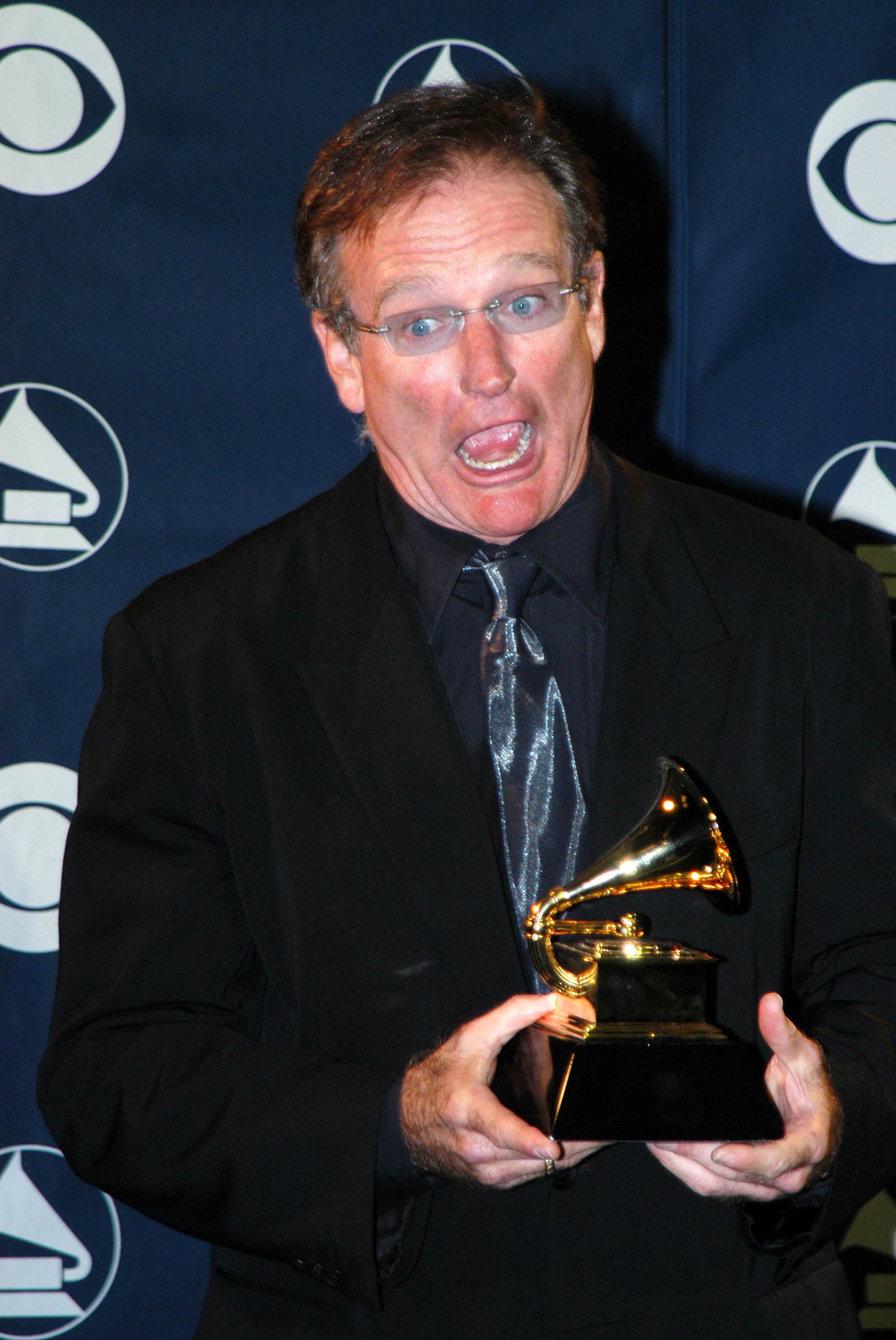


The Son of Man
The Son of Man
The meaning to The Son of Man by Rene Magritte? The
Son of Man is a self-portrait painting by Rene Magritte. If you look
closely, you can see his eyes peeking out between the apple and its
leaves. The Son of Man is a simple yet striking painting. I believe this
painting has a simple meaning which is awareness of oneself and the
opportunities which are always present in life. The central focus of the
masterpiece being on Magritte's face which is covered with a floating
green apple. Hence, sometimes you don’t see things that are clearly in
front of you, which is represented by the bright green apple right in
front of Rene Magritte face. The title of the painting mimics the story
Adam and Eve and the creation and fall of man, due to Adam not being
able to see he already had everything he needed. This is what Rene Magritte said about the meaning of his own painting “At
least it hides the face partly well, so you have the apparent face, the
apple, hiding the visible but hidden, the face of the person. It's
something that happens constantly. Everything we see hides another
thing, we always want to see what is hidden by what we see. There is an
interest in that which is hidden and which the visible does not show us.
This interest can take the form of a quite intense feeling, a sort of
conflict, one might say, between the visible that is hidden and the
visible that is present.”
information by:www.quora.com



